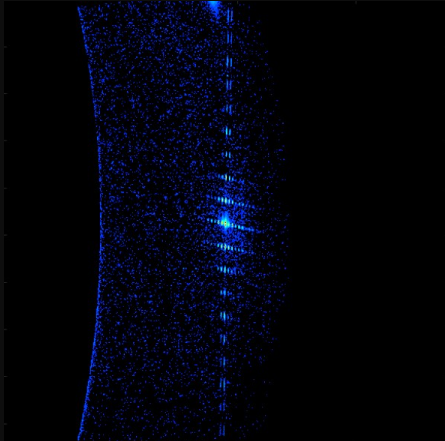Ptychographic Coherent Diffractive Imaging with EUV Light
Leuven | More than two weeks ago
Enhance capabilities of coherent diffractive imaging with EUV Light to enable non-destructive 3D imaging of complex buried semiconductor structures for the next generation’s electronics
The project is focused on advanced image processing and noise suppression techniques to enhance the sensitivity of coherent diffractive imaging (CDI) using extreme ultraviolet (EUV) light at imec. This is a state-of-the-art computational imaging technique involving registration of diffraction patterns and subsequent numerical reconstruction of samples’ images. While conventional imaging provides only light’s intensity distribution, CDI produces phase information as well. This phase information enables unique imaging capabilities, such as determining the chemical composition, topography, and 3D-imaging of complex, layered materials. When CDI is performed with EUV light, the short wavelength, allows for high-resolution imaging (~10nm) of nanoscale objects, while the transparency of various semiconductor materials, enables non-destructive imaging of buried structures. These traits make the technique very attractive for the semiconductor industry. Like most computational imaging techniques, CDI is very sensitive to fidelity and accuracy of diffraction data. Thus, obtaining accurate diffraction images with high signal-to-noise ratio and high dynamic range require careful processing of data and suppression of artefacts and noise that can degrade quality and resolution of the reconstructed images. State-of-the-art noise suppression techniques are efficient and well developed, but most were designed for regular images and not diffraction patterns, where each pixel contains exact information on a certain spatial frequency, and it’s paramount not to distort this information while suppressing noise.
Therefore, the aim of the project is development and application of advanced noise-suppression techniques, including machine-learning-based ones, for the raw experimental diffraction data with the goal of improving quality and resolution of EUV CDI, making this project into a crucial step on the road to high-fidelity non-destructive chemically resolved 3D imaging of nanoscale buried structures.
You will mostly be working with algorithms in Python/Matlab, but there also will be an opportunity to work with a unique state-of-the-art EUV laser and vacuum equipment, motorized translation stages and optics, all available at imec’s AttoLab.

Type of project: Thesis
Duration: 6-12 months
Required degree: Master of Science, Master of Engineering Science
Required background: Physics
Supervising scientist(s): For further information or for application, please contact: Vitaly Krasnov (Vitaly.Krasnov@imec.be)
Only for self-supporting students.
